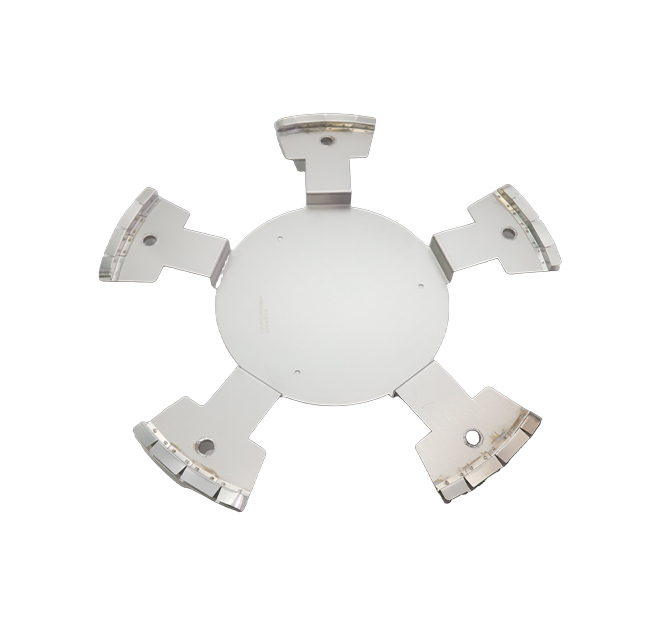Time:2025-07-03 Views:0 source:CNC Machining customization source:CNC Machining news

The integration of composites in sheet metal processing has revolutionized the manufacturing industry, providing enhanced performance characteristics compared to traditional metallic materials. Composites, typically consisting of a matrix material (such as polymers) reinforced with fibers (like carbon, glass, or aramid fibers), offer a combination of high strength, low weight, corrosion resistance, and excellent fatigue properties.
In the automotive industry, the application of composites in sheet metal components has significantly contributed to vehicle lightweighting. For example, carbon fiber-reinforced polymer (CFRP) composites are used to manufacture body panels, hoods, and roof structures. These components are not only much lighter than their steel counterparts but also provide better crashworthiness due to their high energy absorption capabilities. By reducing the vehicle's weight, fuel consumption and emissions are decreased, while the overall performance and handling are improved.
In the aerospace sector, composites play a vital role in the production of aircraft structures. Glass fiber-reinforced polymers (GFRP) and CFRP are used to fabricate fuselage sections, wings, and control surfaces. The high strength-to-weight ratio of composites allows for the design of larger and more efficient aircraft with increased payload capacity and longer range. Additionally, composites are highly resistant to environmental factors such as moisture and corrosion, which is crucial for the long-term durability of aircraft components, especially in harsh operating conditions.
In sheet metal processing of composites, special techniques are required. Unlike traditional sheet metal forming, composite forming often involves processes such as autoclave molding, vacuum bag molding, and resin transfer molding (RTM). These processes ensure proper fiber orientation, resin impregnation, and consolidation to achieve the desired mechanical properties of the composite components. With the continuous development of composite materials and processing technologies, their application in sheet metal processing is expected to expand further, driving innovation in various industries.
Read recommendations:
Sealing ring Precision electronic parts
Housing components for recessed downlights Precision electronic parts
Oval Magnetic Hardware Precision electronic parts
CNC Machining Dimension Accuracy
CNC processing factory - Meeting customers' strict requirements for precision